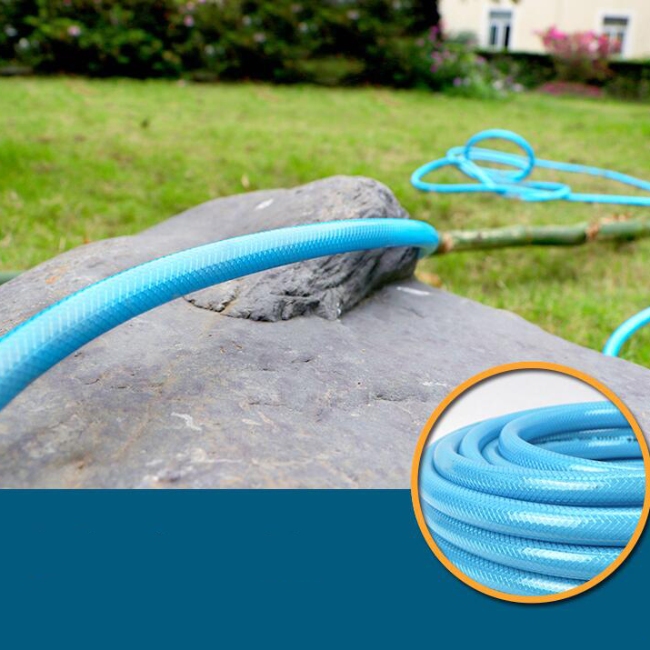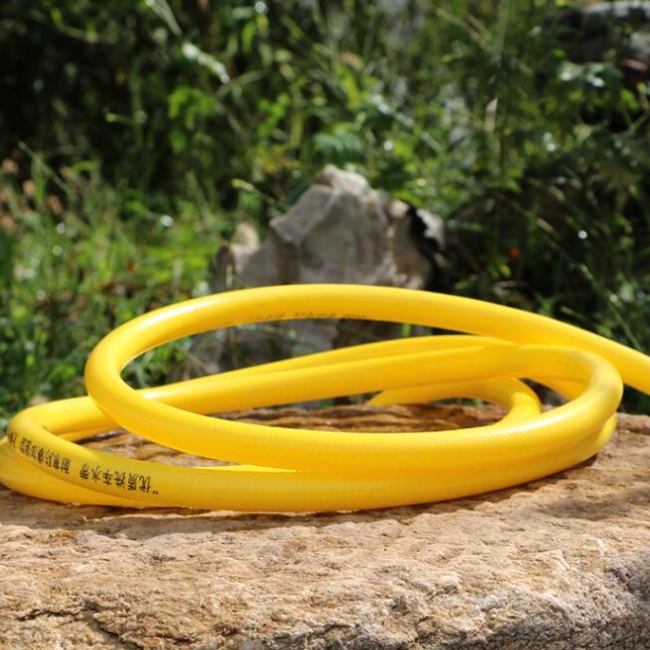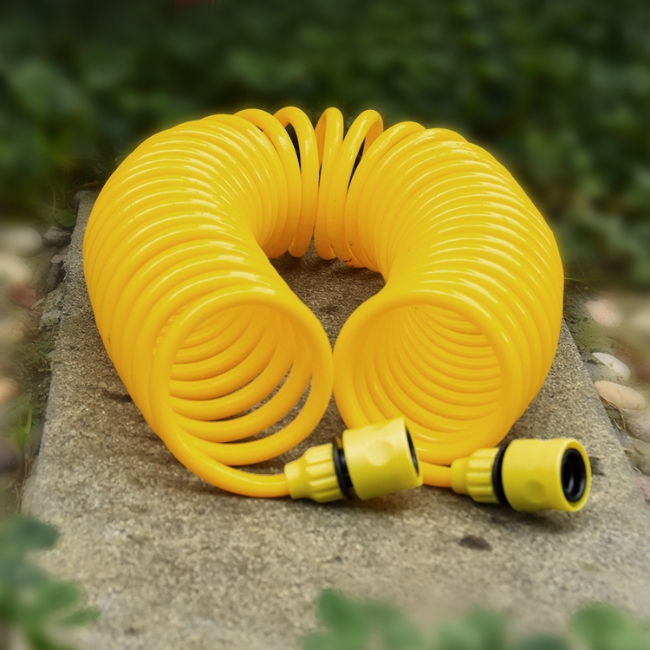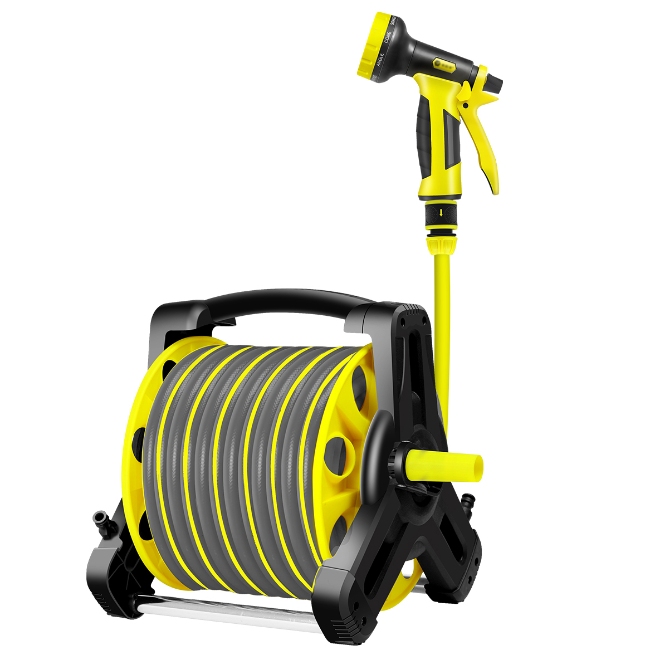Rubber vs Stainless Steel Garden Hoses
Rubber and stainless steel are two common options when choosing a garden watering hose. The choice depends on factors such as durability, flexibility and intended application.
We'll cover the characteristics of rubber and stainless steel garden hoses, exploring their advantages and disadvantages as well as the occasions when each is suitable.
Features of Rubber Garden Hose
Rubber hose has long been a staple in a variety of industries, prized for its flexibility and versatility. Its flexibility makes it easy to maneuver and ideal for applications that require bending and twisting.
Rubber hoses are widely used in everyday tasks such as gardening, automotive repair and industrial applications. They are favored for their excellent resistance to abrasion and ability to handle a variety of fluids, including water, oil and chemicals.
While rubber hoses offer excellent flexibility, they may not be up to the task in cold environments and may wear out over time. Understanding their limitations is critical to maximizing service life in a given application.
Features of Stainless Steel Garden Hose
Stainless steel garden hoses represent durability. Constructed from corrosion-resistant materials to withstand harsh conditions, these hoses are built to last in most environments. Stainless steel hoses are ruggedly constructed for gardening tasks that require resistance to extreme temperatures and corrosive substances.
While the strength of stainless steel hoses is excellent, they may not be as flexible as rubber hoses. This characteristic may affect their ability to be bent or coiled, thus falling short in terms of stowage and flexibility.



















